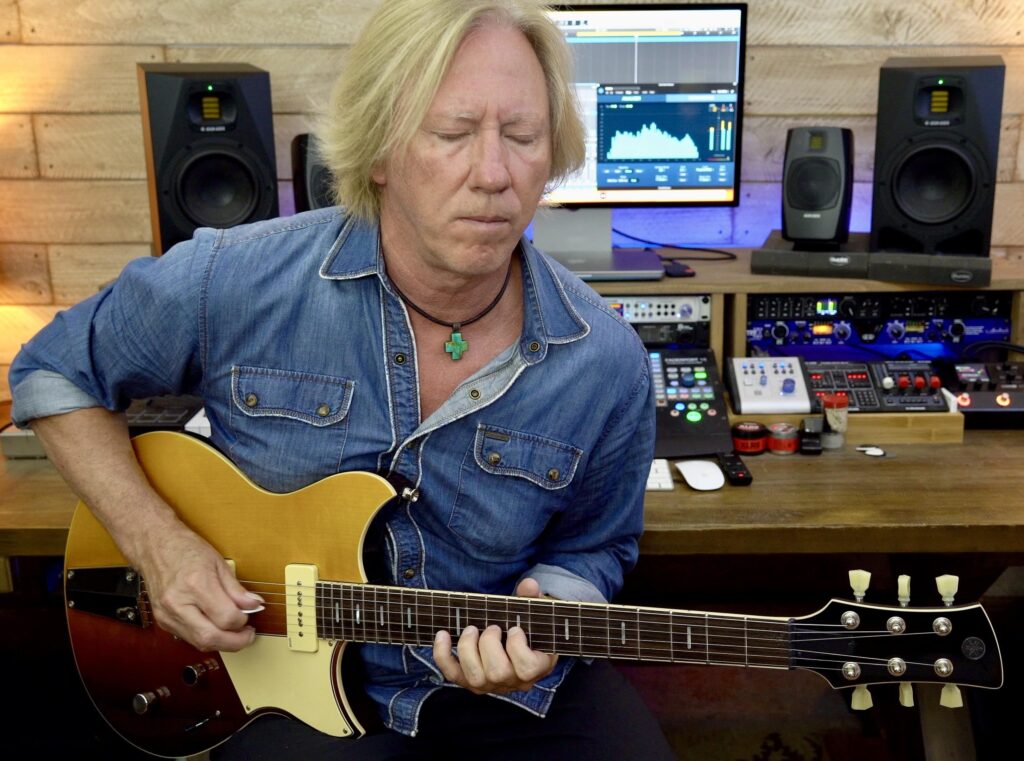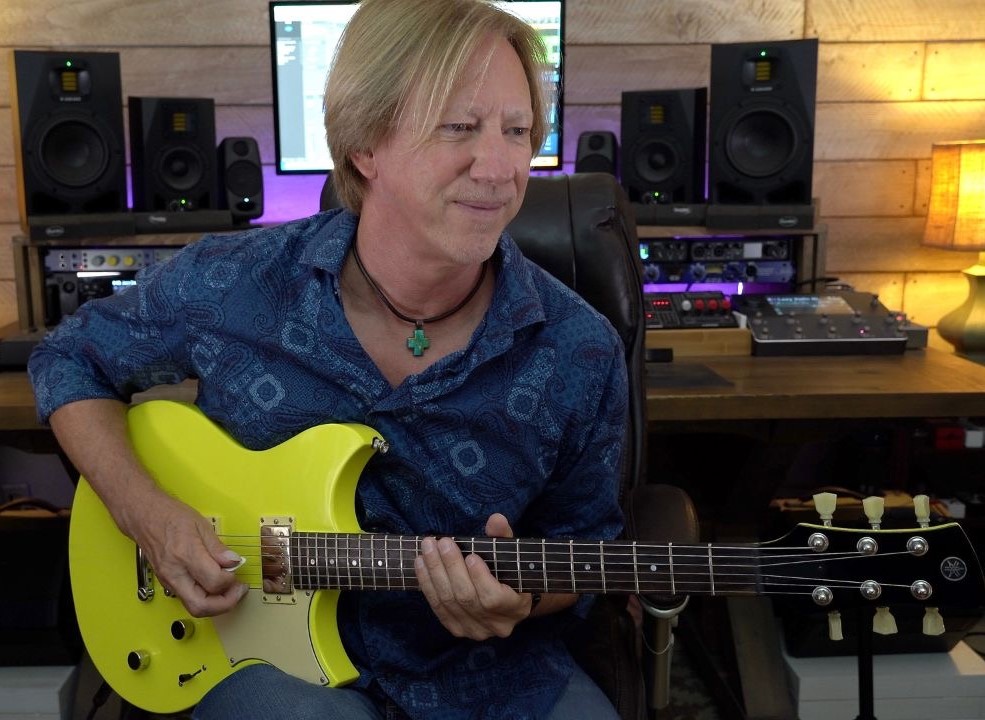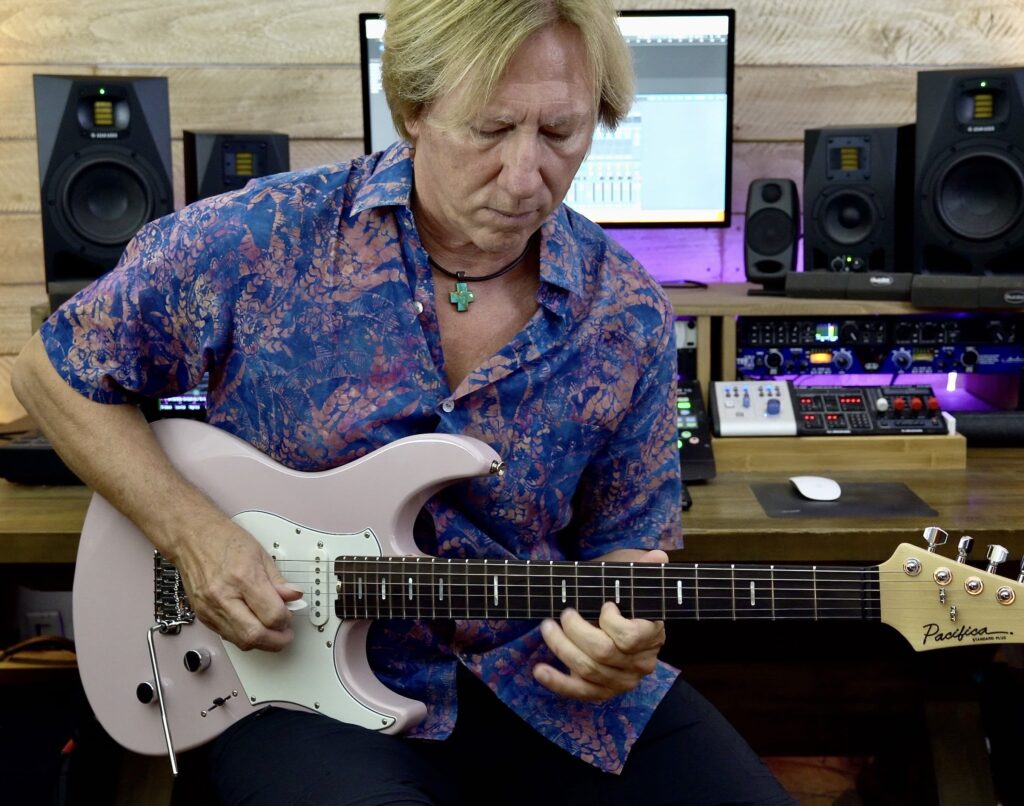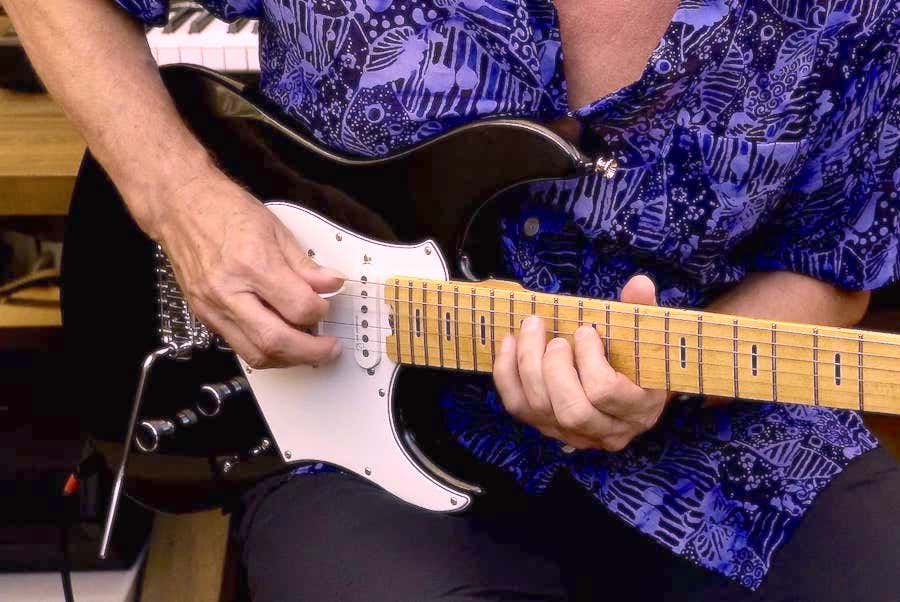Playing with Intention
Planning and mindful practice can help you achieve your goals … musical and otherwise.
I love the excitement, optimism and hope that comes with the start of a brand new year. Resolutions are shared, goals are set and plans are made to fulfill lifelong dreams.
The word “resolute” means that we are steadfast and courageous in achieving what we set out to accomplish. Spending more time at the gym, giving up smoking, working less, or booking the trip of a lifetime to French Polynesia could all be seen as worthwhile pursuits.
Whatever your personal desires may be, they can all be realized with a focused mind and tenacious energy for the task at hand.
Set Your Intention
Before I set my intention, I make sure that I am very clear on what my motives are. Then I plan, aim and shoot at the target. If my preparation is impeccable and the work I do is consistent I will have done everything within my power to land a bull’s-eye.
To this end, I use a series of tools to keep me on track and in forward motion. The first step (and, for me, the most important one) is to be very specific about the target I want to hit. Am I being realistic, sincere and honoring my authentic self in this pursuit? If anything about my goal is disingenuous, I won’t have achieved anything except to serve my ego. Intentions that are honest and true are also worth claiming when they come to fruition!
The next step is to visualize the “big picture” end result, see it clearly in my mind and take a mental snapshot of the finished canvas. Having a clear picture of your ideal horizon is going to help you forge a pathway towards it. Dreaming big is great, but envisioning those dreams is even better.
Do we always achieve what we set out to accomplish? No, and that’s because there are variables beyond our control. Objects hit the fan when least expected, other people convolute and shake our resolve … and sometimes life just happens. The key is to keep going, never give up — and, even in the face of adversity, adversaries and sheer misfortune, somehow find the strength within to keep going.
I have found that a great way to stay focused on a specific project is to create something called a mind map — a diagram that use shapes and colors to connect ideas or topics to a central theme. Using words, colors and shapes in this manner stimulates my visual nature and helps me to organize my creative thoughts. Some of my maps are ideas for guitar courses, while others are project lists with deadlines; in the case of the latter, as each deadline is met, I change the color to green and move the shape to a new location.
As an example, here’s a mind map for a guitar course I created a few years ago:

As you can see, sub-topics revolve around a central theme and related topics are joined as a thread. To me, these visual planners are less intimidating than a written list, plus they appeal to the eye and serve as constant reminders of work that needs to be done. So if you tend to procrastinate, try mapping out a project and self-impose a creative deadline. You’ll start to enjoy much greater productivity and personal sense of achievement.
Add Intention to Your Guitar Playing
When you pick up your guitar, do you have a specific goal in mind? Is it purely to have fun and unwind, or are you practicing scales, chord progressions and songs for a band rehearsal or upcoming performance? I’m a firm believer that five minutes of focused playing is far more productive than two hours of “noodling.” When you focus on a topic, you are dedicating time to improve. When you noodle you are mostly just reinforcing muscle memory. Sometimes that’s good, sometimes not. If you noodle and continue to make mistakes, you are programming those mistakes to be repeated perfectly every time. Thats right — you’re perfecting your mistakes!
Instead, the next time you sit down to practice, set your intention for that session before playing a single note. Decide what you are going to do before you even unlatch the case. Want to learn how to use an E9 arpeggio over a blues? Set your intention to learn one E dominant 9th arpeggio shape and a few licks within a single 20-minute practice session. Even if you have only five minutes a day to hone your chops, apply that time wisely and after a week of mindful practice you will have improved exponentially … trust me!
Create a mind map of the practice goals you want to implement and work through them methodically. Set realistic goals that are easy to accomplish. Small chunks are easier to digest than larger ones and eventually add up to a broader achievement.
The Video
In this video I wanted to demonstrate a finger-style blues and slide guitar solo. Notice how clean and precise the chordal and single note rhythm playing is and how the bass guitar follows the single note riffs. This was not pure chance; it was completely intentional.
Similarly, as you listen to and watch the slide playing, check out the right-hand technique and pay attention to the way the muting and picking deliberately coordinates with the left-hand slide. Again, every note was played intentionally. I wasn’t just hoping for the best; I chose the tones very carefully and decided what to play … and as you may know, playing slide guitar requires a lot more accuracy for correct intonation.
The cool guitar I use here is a Yamaha CSF3M parlor guitar with a passive pickup — the perfect choice for the style of music I’m playing in the video. The mahogany back and sides impart smooth warm tones and the Sitka spruce top provides the clarity for those single-note lines.
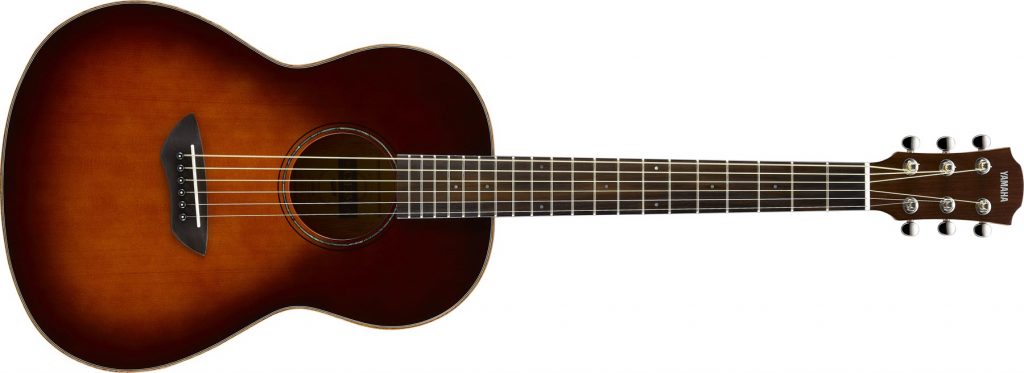
I plugged the guitar directly into a Line 6 HX Stomp pedal running a super low-gain patch I’d created (shown below) and recorded everything direct to my DAW:
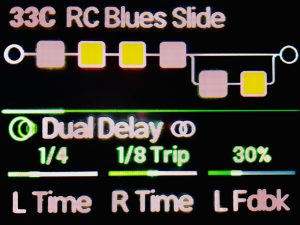
The Wrap-Up
We have the power to pre-select what we want to say in our compositions and improvisations. If we target specific chord tones, phrase those ideas to be conversational and leave space between the lines for the breaths of air, it aids musical digestion and gives our audience time to relax and savor the notes.
So don’t be frivolous with what you play. Set your intention, articulate your sentences and make every note count!
Photographs courtesy of the author.










